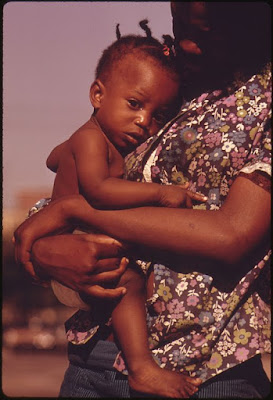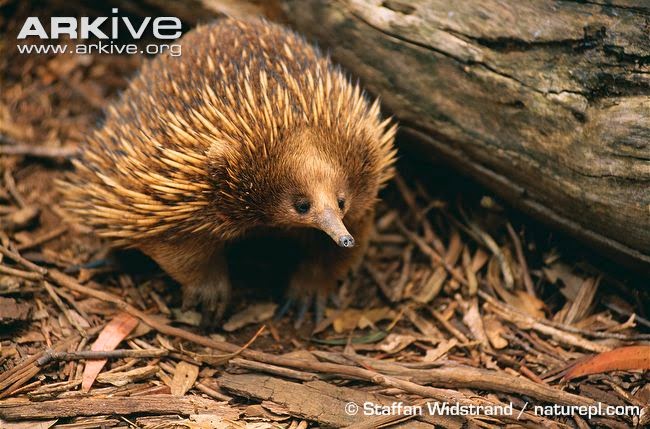Bench to Bedside? Breastfeeding Best Practices Embrace Social Science

Emerging empirical research from chemistry, microbiology, animal science, nutrition, pediatrics, and evolutionary anthropology are accelerating our understanding of the magic of milk. Translating the findings about milk, however, for the end-user (babies) and end-producers (moms), requires shining a light on emerging social science and public health research tackling breastfeeding initiation and support. Moreover, understanding the context and experiences of mothers of different races highlights the persistence of health care deficits that perpetuate breastfeeding disparities. John H. White, National Archives Demographics & Epidemiology In 2014, Dr. Lind and colleagues evaluated the maternity and perinatal practices at 2,227 hospitals and birth centers in the United States in conjunction with the racial demographics of the area served by these health care facilities (1). Combining data from the CDC’s 2011 Maternity Practices in Infant Nutrition and Care survey with census data on ...


